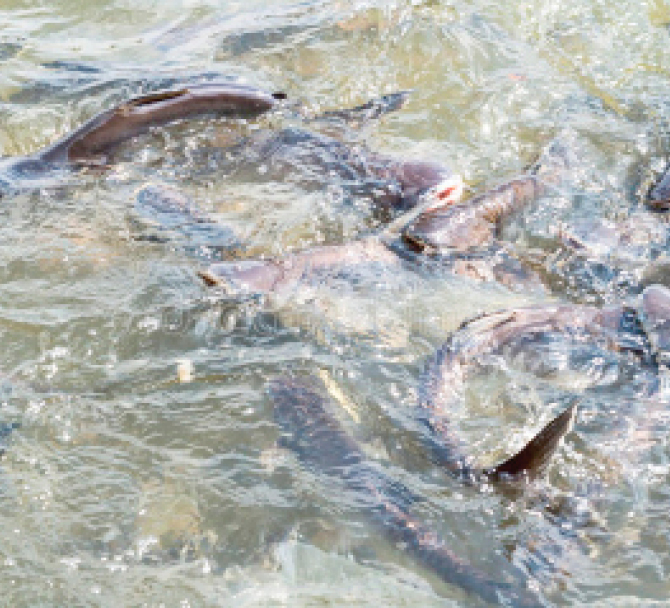Setting up backyard fish farming
John Adewumi, Kuje, Abuja There are two main types of fish farming: intensive and extensive. Extensive farming means raising fish in a large pond. The fish somehow live in a natural environment because the pond has its own ecosystem, and the fish eat from that. Intensive farming is raising fish in a small tank. It […]

Fish farming
John Adewumi, Kuje, Abuja
There are two main types of fish farming: intensive and extensive.
Extensive farming means raising fish in a large pond. The fish somehow live in a natural environment because the pond has its own ecosystem, and the fish eat from that.
Intensive farming is raising fish in a small tank. It requires a lot of management to produce a lot of fish in such a small space.
A farmer has these options for his backyard; depending on how much space he has.
How to form your fish ecosystem
According to a research, whether you do fish farming in a pond, swimming pool or a koi pond, you have to feed the fish. You can buy fish pellets to feed them daily.
One way to feed your fish for (basically) free is to create your own ecosystem. If you have a farm pond, over time an ecosystem should form on its own.
However, if you do not, you can create an ecosystem over time with a few simple items.
Here is how to get started:
Fill up your area with water
Whether you are using a pond, koi pond or swimming pool (above or inground), you need to fill it with water regularly. Once the water is in the pool or pond you need to leave it untreated. Do not add chlorine or any other chemical in order to keep the water clean.
Add fish
Add whatever amount of fish you choose to raise into your water.
You have to feed the fish since they will not have an ecosystem to depend upon.
However, over time, most fish die. When they do, you will need to leave them there because this helps in building the ecosystem.
Add urine, feeder organisms
Finally, you need to add urine and other feeder organisms that will add to the ecosystem and help to keep everything clean for the fish. There are varieties of filter feeder organisms available.
